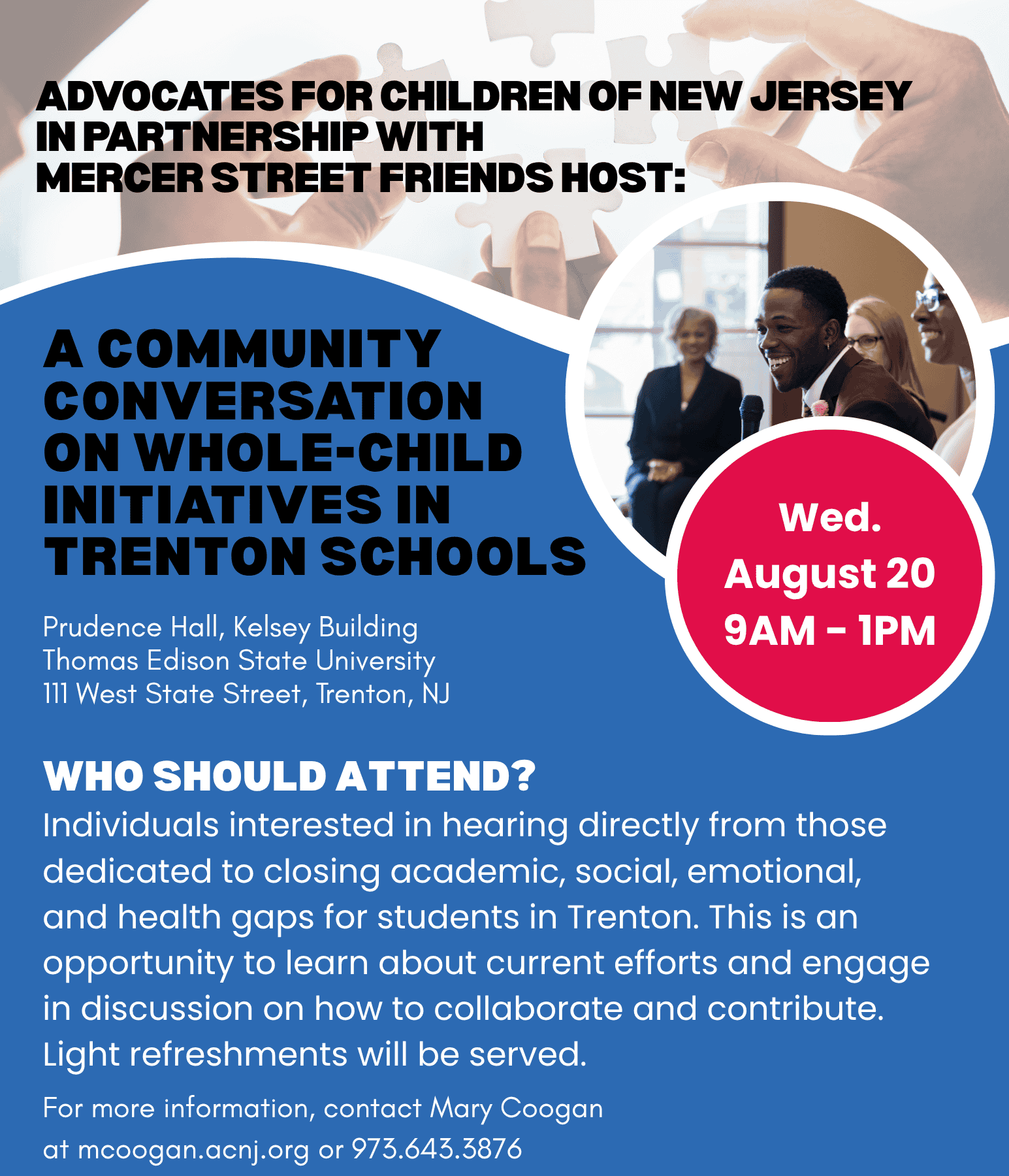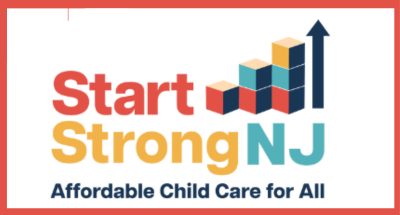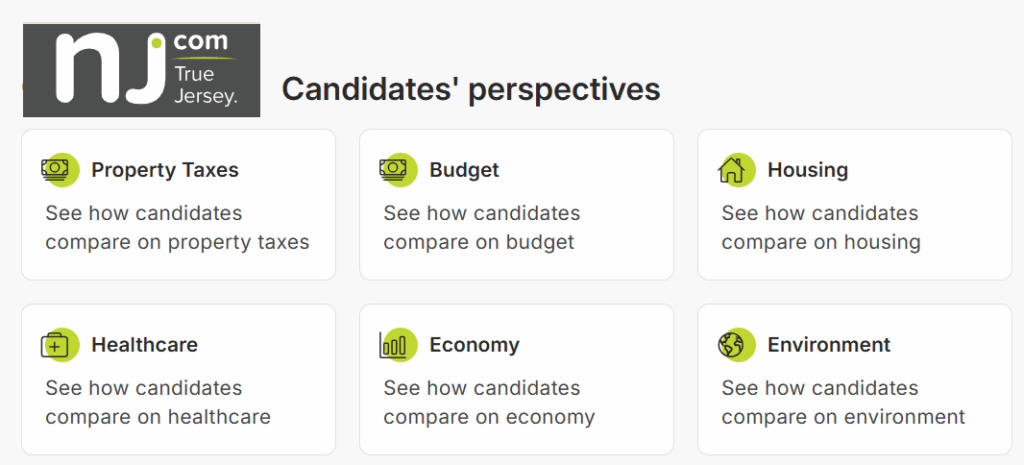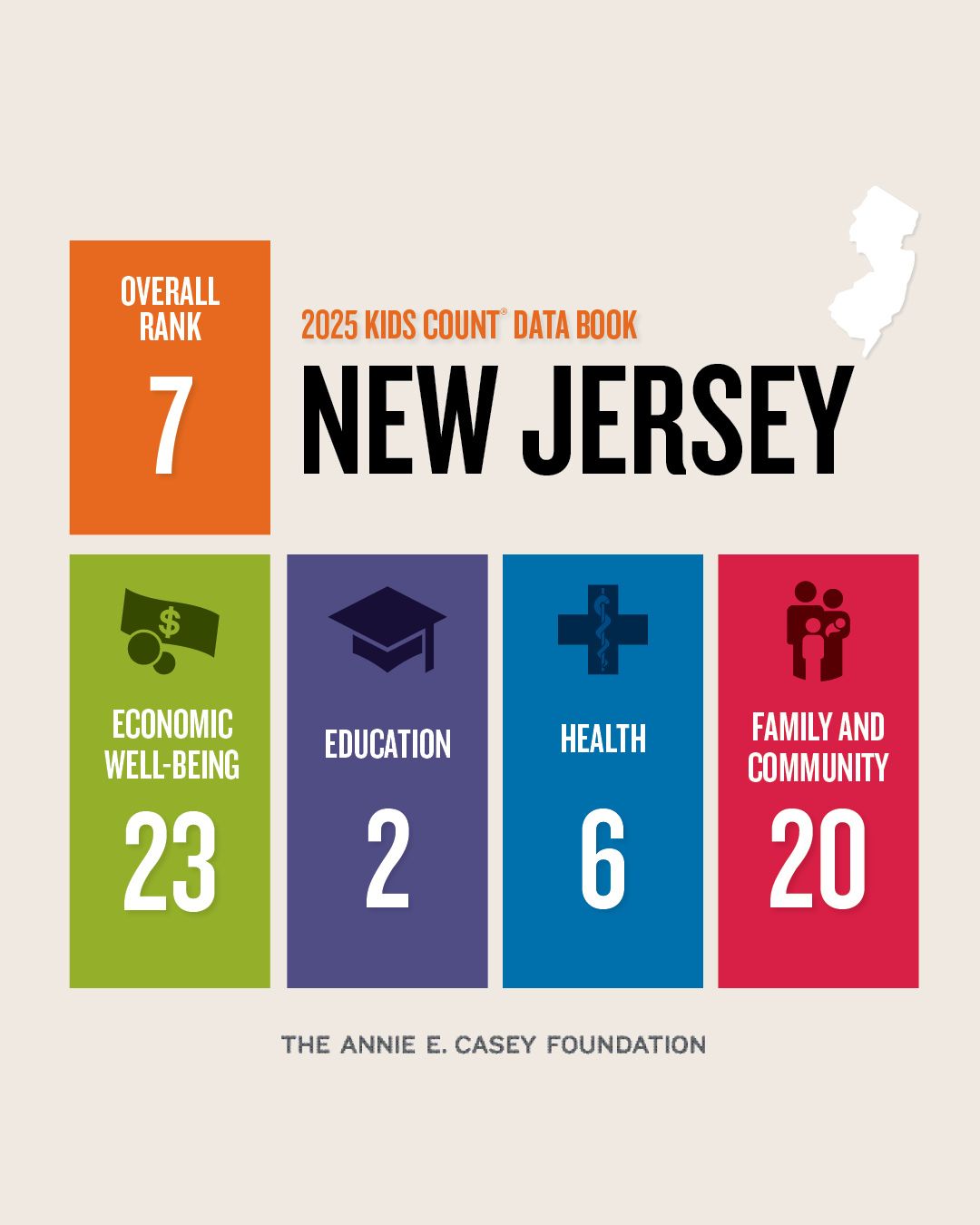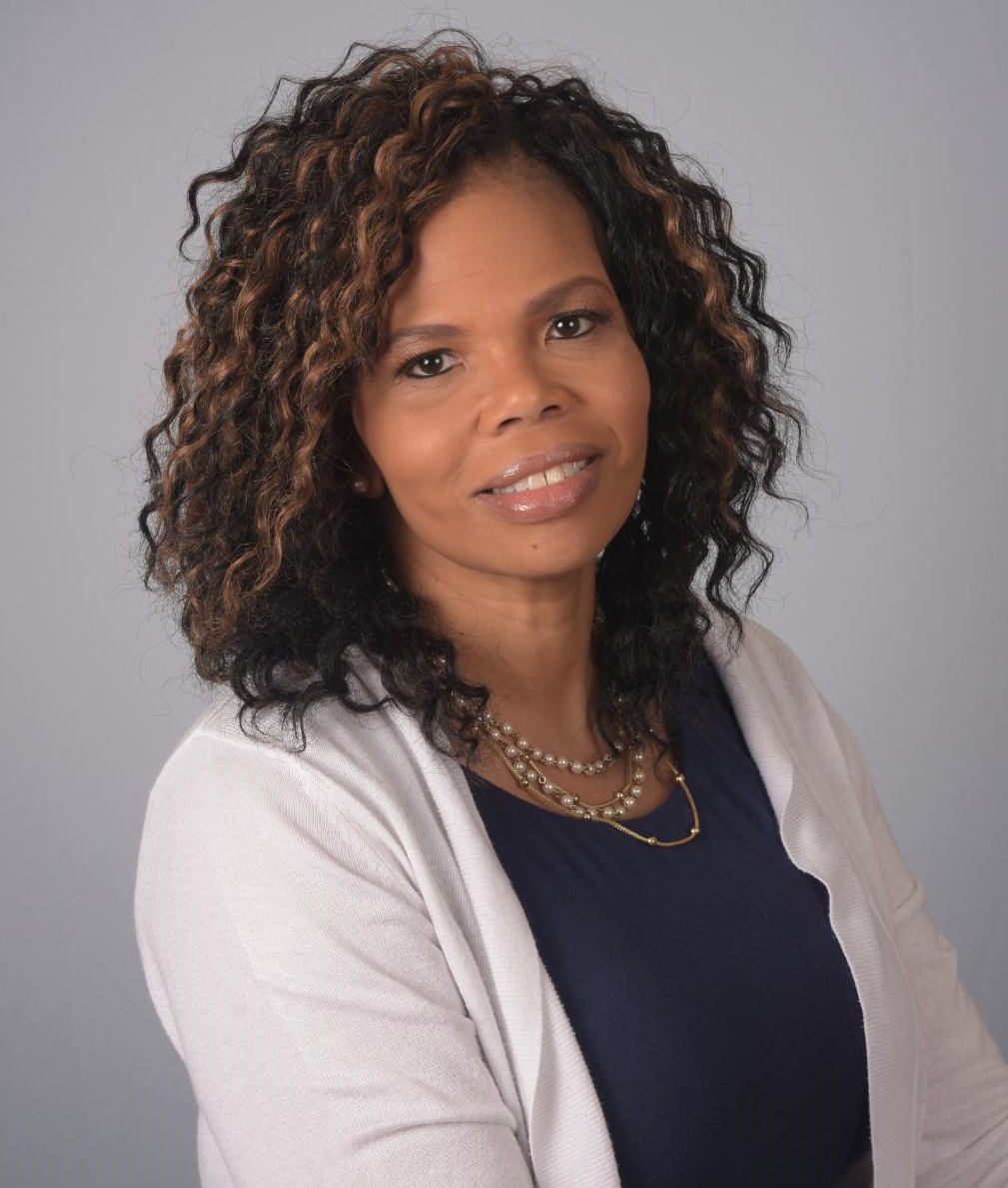Posted on June 19, 2025

Authored by:
Adriana Bland
Deborah T. Poritz Summer Public Interest Legal Fellowship Program, LSNJ
For more information on positive youth development efforts, contact Isaiah Fudge at Ifudge@acnj.org.
Social Emotional Character Development is a Whole-Child Approach to Youth Success
Social Emotional Character Development (SECD) is a whole-child approach designed to help youth form strong, healthy relationships, manage emotions effectively, and develop the necessary skills to thrive in life. Rather than cultivating entirely new skills, SECD extracts and strengthens the emotional and interpersonal skills that youth already possess, helping them navigate their positive life purpose with confidence, compassion, and control. Key competencies such as emotional awareness, self-regulation, and collaboration are at the heart of SECD. Encouraging and inspiring these abilities not only supports youth in academic success, but also empowers them to make thoughtful and positive choices about their futures. Without this clear sense of purpose, many youth make poor decisions that can have lasting negative effects. This is why SECD is so critical–it builds resilience and emotional well-being.

Let's make children and their
families the center of the
2025 Election Campaign.
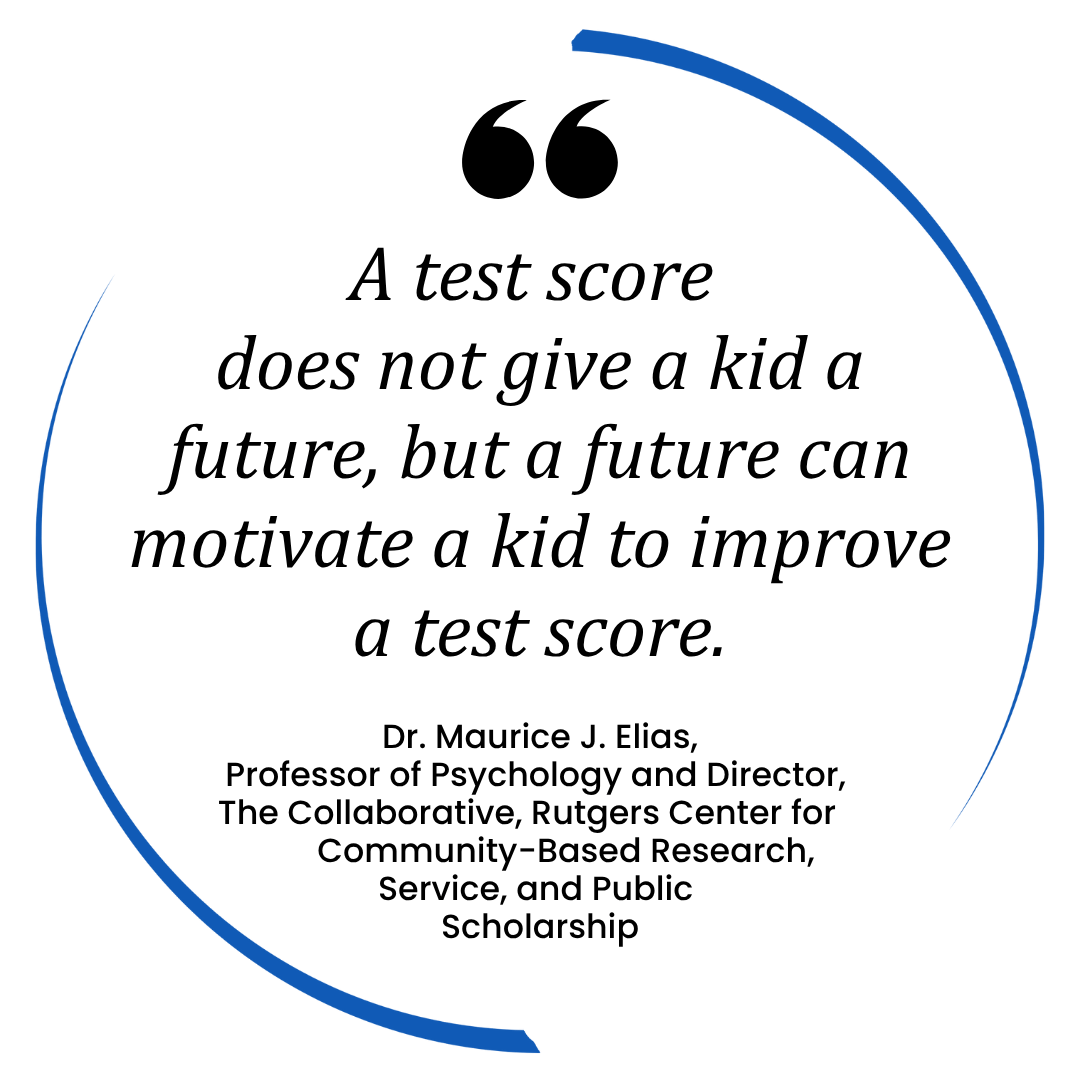
SECD is a powerful strategy for youth success but, it is important to understand that this method is not a one-size-fits-all solution. Each youth is unique. As such, the approaches used must be flexible and meet youth where they are.
Watch our Lunch and Learn on Social Emotional Learning featuring Dr. Maurice Elias, Professor of Psychology and Director of The Collaborative, Rutgers Center for Community-Based Research, Service, and Public Scholarship
While academic achievement often takes center stage in youth development, social and emotional skills are embedded in everything we do, further underscoring the need to incorporate SECD before problems arise, not after. As Dr. Maurice J. Elias notes in his recent Lunch & Learn Webinar, “A test score does not give a kid a future, but a future can motivate a kid to improve a test score.” By prioritizing SECD, we are not just equipping young people for academic success, we are preparing them for life.
SECD Key Takeaways:
- Success in school and life is dependent on healthy social and emotional development.
- Strong relationships with trustworthy adults can aid in young people’s development of important skills.
- A unified SECD approach addresses five core competencies in young people: self-awareness, self-management, responsible decision-making, relationship skills, and social awareness.
- While SECD programs exist, adults often do not have adequate training to effectively lead and maintain them.
- Social emotional character development often begins at home, where its influence is both earliest and strongest.
- Mental health depends largely on one’s social emotional competencies.
- It does take a village to raise a child.

